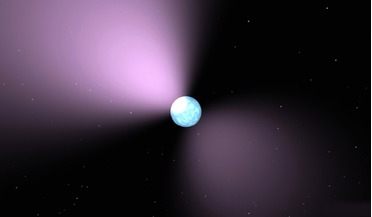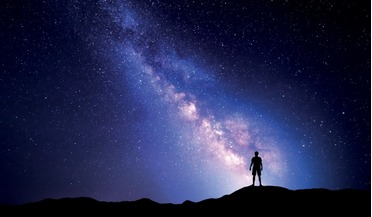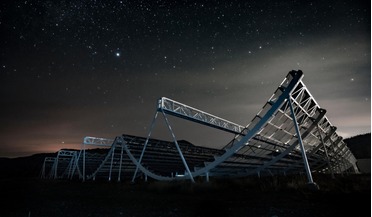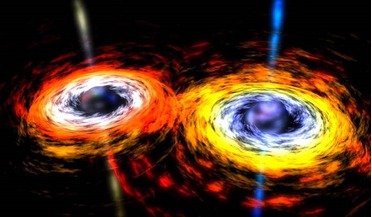 September 2017
Telescope targets enigmatic deep space mystery
September 2017
Telescope targets enigmatic deep space mystery
... astronomical history whenever something has gone bump in the night, it has hinted towards a new phenomenon, be it pulsars or gamma-ray bursts. One such ‘bump’ came to light in 2007, when astronomer Duncan Lorimer and his team from...
 April 2017
Surviving radiation for space colonisation
April 2017
Surviving radiation for space colonisation
... one or more electrons from them, breaking molecular bonds and damaging cells. Examples of ionizing radiation include X-rays and gamma rays. Non-ionizing radiation is relatively low-energy radiation that doesn’t carry enough energy to ionize atoms...
 November 2017
Radiation protection for space colonists and travellers
November 2017
Radiation protection for space colonists and travellers
... and microwaves, and possibly visible light causing a ‘Northern lights’ effect. Even if a severe event produced some X-rays or gamma rays it would be a lot better than letting the high-energy particles through. A system such as this would also...
 04 November 2020
New studies reveal the origin of fast radio bursts
04 November 2020
New studies reveal the origin of fast radio bursts
... quickly became a target of interest when both the Swift Observatory and the Fermi Gamma ray Space Telescope, detected multiple bursts of X-ray and gamma rays shooting out from the magnetar. The next day, two radio telescopes, the...
 23 February 2016
Researchers probe black-hole mergers with fast-powered winds
23 February 2016
Researchers probe black-hole mergers with fast-powered winds
... powered by the Blandford-Znajek (BZ) process could potentially give a viable explanation for the observed luminosity of the gamma-ray burst. The BZ process is a mechanism for the extraction of energy from a rotating black hole and is one of the...
 22 January 2021
Russia develops instrument to search for precious metals on the Moon and Mars
22 January 2021
Russia develops instrument to search for precious metals on the Moon and Mars
... Lunokhod, it will need to stop and stand in place for an hour or two in order to collect statistics of counts from gamma rays. “Lunokhod-Geolog”, could be referring to Luna-27. Also called the Luna-Resurs lander, Luna-27 is a planned lunar lander...